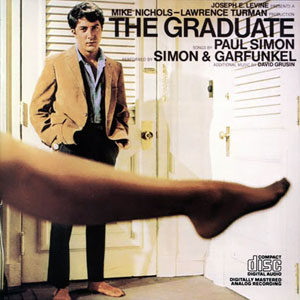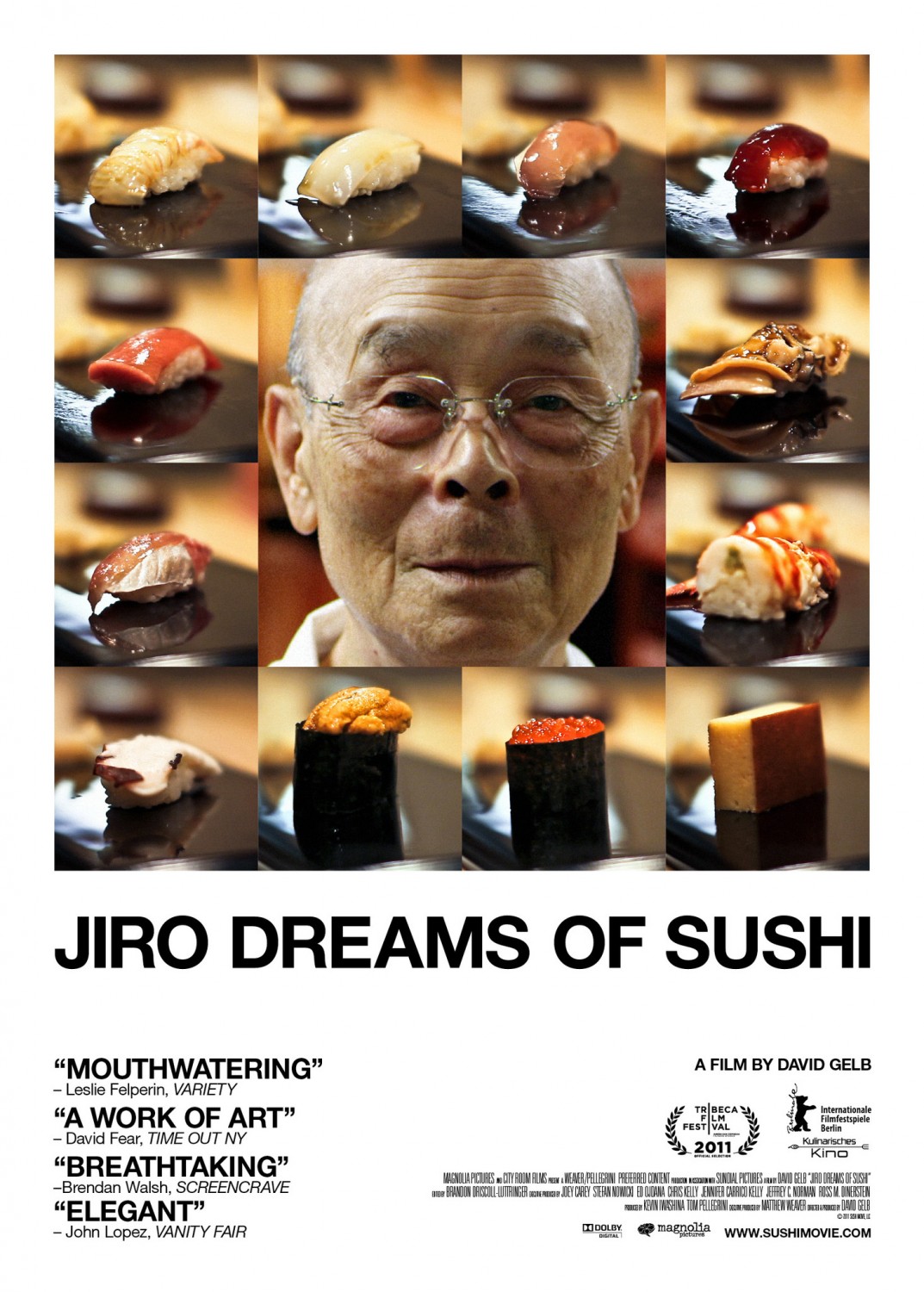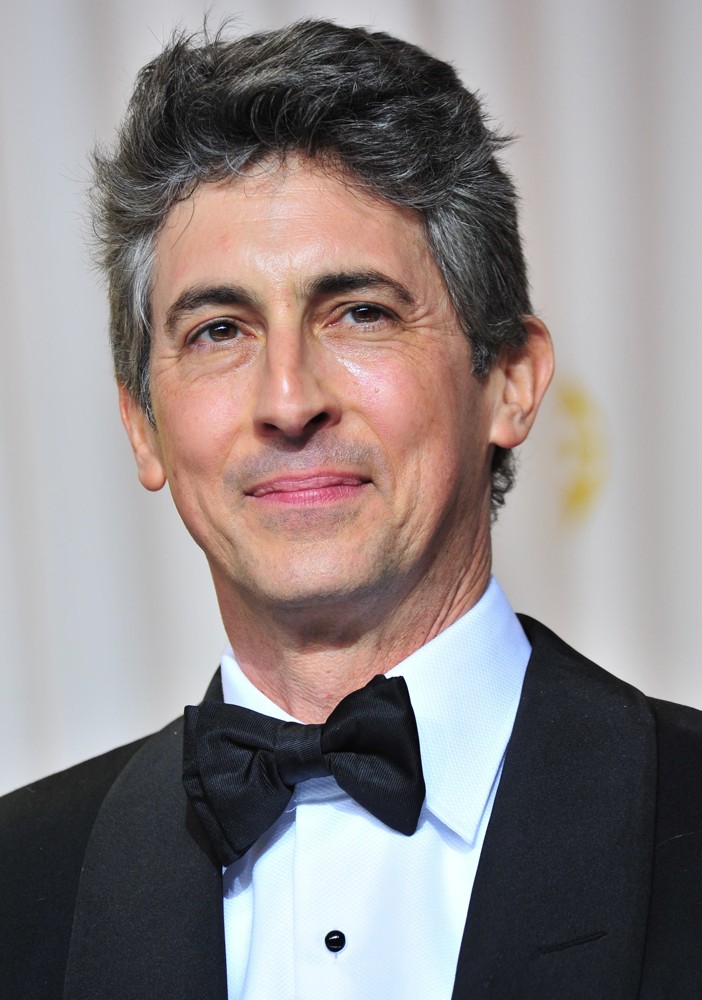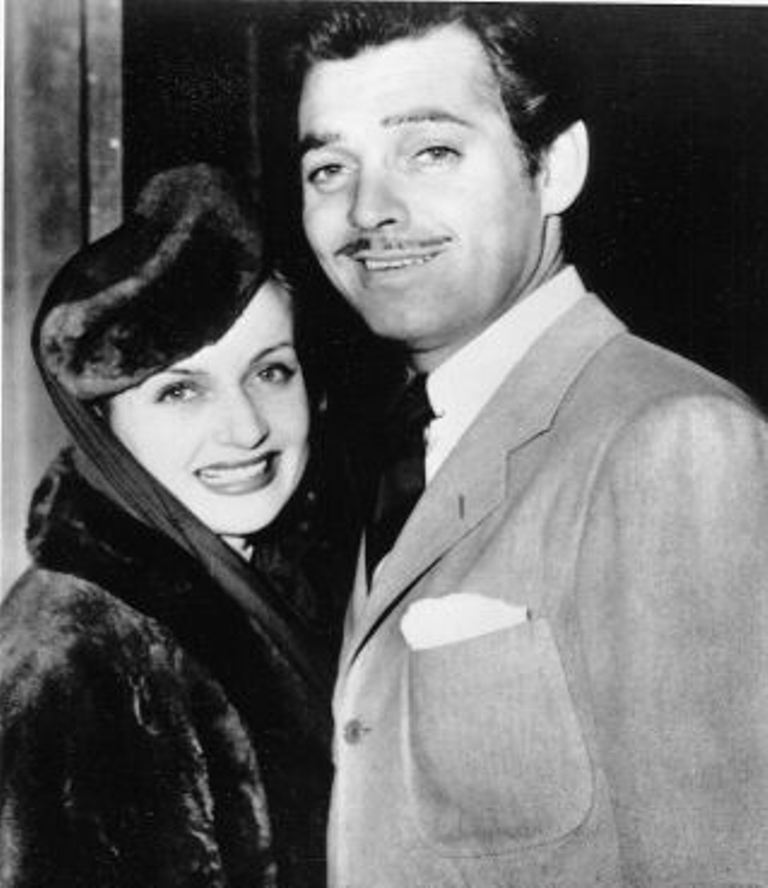Synopses:
Nausicaä (1984)
—http://www.imdb.com/title/tt0087544/plotsummary?ref_=tt_stry_pl
Princess Mononoke (1997)
—http://www.imdb.com/title/tt0119698/synopsis?ref_=tt_stry_pl
From Up On Poppy Hill (2013)
— http://www.imdb.com/title/tt1798188/
As an avid fan of
My Neighbor Totoro and
Howl's Moving Castle, I shamefully admit that I've never really seen the critically acclaimed Studio Ghibli films, the likes of
Princess Mononoke or
Nausicaä of the Valley of the Wind. So being able to watch these films for my formal film study was really fantastic. Also, my dad has ranted nonstop for the last few years about how much he loves
Princess Mononoke, so I was pretty keen on/am currently being forced into watching it (which really didn't take too much convincing).
So the first thing I noticed as Miyazaki developed was his use of technology, namely how he creates his animation. Across all the films, the characters and landscapes had similar characteristics, but I did notice that there was a very slight change in animation. I looked online to confirm my suspicions and saw that only after Miyazaki's film,
Pom Poko (1994), did Miyazaki begin using CGI in his films. To this day, Studio Ghibli, the film company that Miyazaki and his friends created, still hand draws the scenes for their films. They do use CGI, but only to enhance the story they've already crafted through hand drawings and watercolors. From the beginning to the end of his career (which ended quite recently with Miyazaki's retirement from feature length films), the audience can see Miyazaki's commitment to staying true to traditional animation. From
Nausicaä to
From Up On Poppy Hill, old style clothing and wide eyed protagonists have graced the screens across the world. So, while Miyazaki employs bits of CGI and this new technology has enhanced his more intricate, fantasy scenes, Miyazaki's use of technology hasn't influenced his style.
 |
| An example of a storyboard from Studio Ghibli |
What I did see develop over time with his films is the gradual shift from the abstract to the real.
Nausicaä is set in a post-apocalyptic fantasy-like future,
Princess Mononoke employs both human and fantasy settings and characters, and
From Up On Poppy Hill deals with people in a certain time period in Japan's history. I thought this was very notable because I had always only seen acclaim for his more fantasy-inclined films;
Nausicaä is frequently heralded as one of Japan's best animated films, and
Princess Mononoke is applauded by Roger Ebert as "one of the best films of its year." Miyazaki never commented on this shift, but I think he's gradually moved away from fantasy because he really wants to create stories that matter to him. In
From Up On Poppy Hill, and his most recent film (that I couldn't get my hands on, unfortunately),
The Wind Rises, Miyazaki frequently criticizes Japanese actions during the most turbulent periods of history, during and post-World Wars. I think Miyazaki's gradual change was for the best because he really showed his fearlessness when it came to creating stories, and I think that's really amazing.
 |
| The fantasy-like setting of Nausicaä |
 |
| From Up On Poppy Hill's depiction of Japan |
Another aspect that I found across each film was wide, encompassing landscape shots. Since both
Nausicaä and
Princess Mononoke had themes of environmentalism, I wasn't too surprised that Miyazaki included large and beautiful mosaics of the earth. On the other hand, I was (pleasantly) surprised with shots like these in
From Up On Poppy Hill. From Up On Poppy Hill had a day-to-day, more realistic and relatable plot, so showing large landscape shots beyond just establishing the setting was very uncommon and different. By showing these incredible landscape shots, especially in atypical settings,
Miyazaki pushes forth his interest in the beauty and mystery of nature and also his underlying environmentalist tone seen in a majority of his movies.
 |
| Landscape shot from Nausicaä |
 |
Landscape shot from Princess Mononoke
|
 |
| Landscape shot from From Up On Poppy Hill |
This underlying environmentalist tone is one of many other subtle nudges from Miyazaki. Other underlying tones are generally progressive and include pacifism (and thus, the criticism of war on all fronts), the empowerment of women, and an apparent lack of clear good v. evil. While it seems like it would be hard to encompass all of these themes into one movie, Miyazaki successfully achieves this feat in many, if not all his movies. Across all three films I saw
, the audience is rewarded with a protagonist (2 out of the 3 times, it was a girl. Though it could be argued in
Princess Mononoke, that San is actually the protagonist) that is caught in a seemingly obvious good v. evil scenario. What Miyazaki does to refute this simple idea of good v. evil is to develop the characters and humanize them, showing that each isn't all ill intended. In between all of this character development, the audience is also given, as talked about earlier, grandiose shots of nature, showing the possibility of humans and nature coexisting in peace. All of these themes were successfully ingrained in all of the films I looked at, which I think is a testament to how strong Miyazaki's creative ability really is. He's able to create new and innovative tales that capture the hearts of many, but has always been able to stay true to his core beliefs throughout the years. To me, this is what made Miyazaki an auteur: the fact that despite large, blockbuster animated movies coming out each year from studios like Dreamworks or Pixar or Disney, Miyazaki was never too interested in gaining money. He was more interested in telling stories that matter to him, but should also matter to all of us.
 |
San from Princess Mononoke showing her
strength. She's arguably the main character
of the film |
 |
| Protagonist Umi from From Up On Poppy Hill |
 |
| Protagonist Nausicaä from Nausicaä |
So in all, I think Miyazaki has both changed a lot and stayed the same as a film director. He's changed by focusing more on tangible problems and daily stories and interspersing bits of CGI, but Miyazaki has held true to what he's always wanted in his films—stories we can all relate to.
































